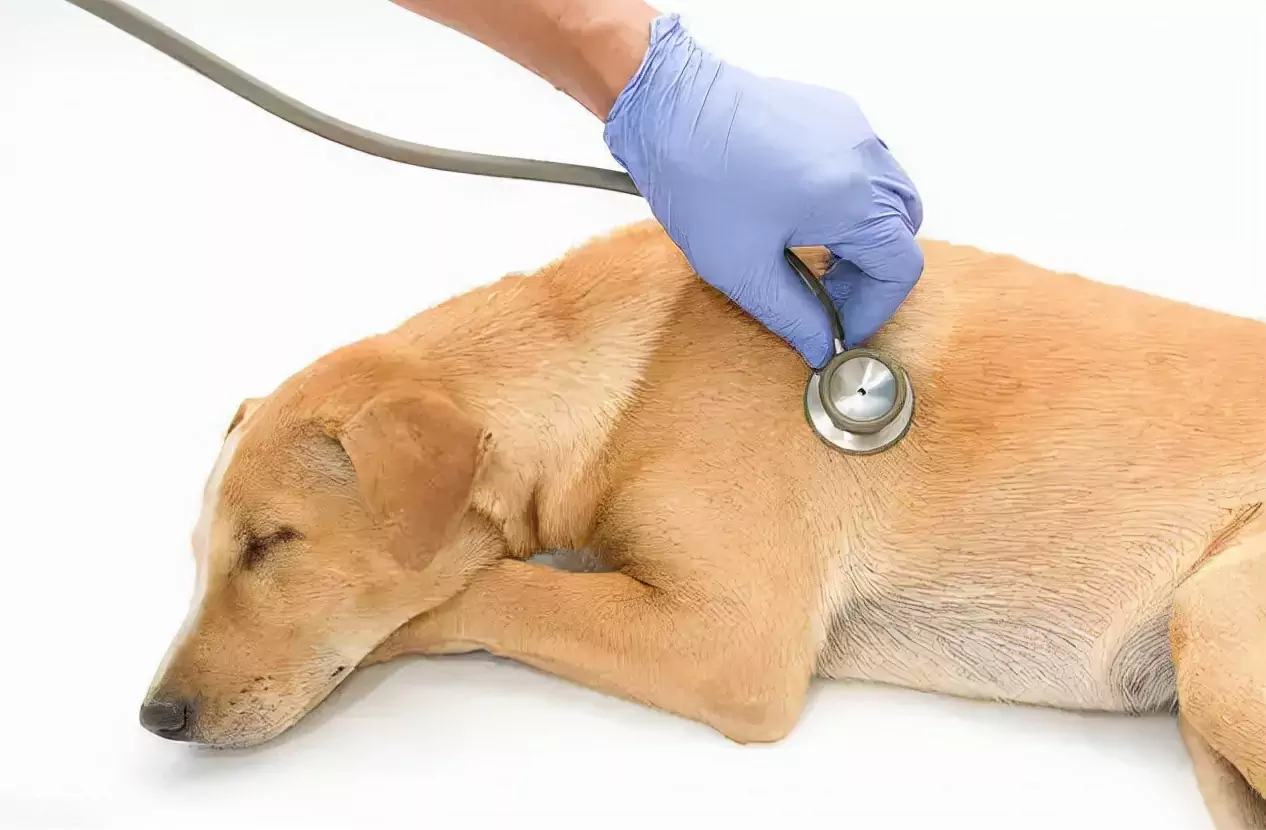How many months is a dog pregnant? Signs and Phenomena of Dog Pregnancy
2022-06-22
Signs and Phenomena of Dog Pregnancy
After a dog is mated, the owner usually has to be more observant. The early stages of a dog's pregnancy are not very obvious. A pregnant dog's pubic area will contract quickly. Pregnancy reactions such as nausea, regurgitation, and not wanting to eat will occur at 20 to 28 days of pregnancy, the dog's breasts will increase in size, and the nipples will turn peachy. About 30 days after the dog is mated, when you feel the mother's belly with your hand, you can obviously feel an egg-sized embryo in the dog's belly. The dog's spirit during pregnancy will become lazy and sluggish compared to the usual. If the dog is usually very lively and suddenly becomes lethargic, unresponsive and immobile after breeding, the owner can take the dog to the vet to check to confirm if it is pregnant in order to do a good job of caring for the pregnant dog and preparing for the subsequent birth.
What are the prenatal symptoms of a pregnant dog
When a pregnant dog goes into labor, it will experience restlessness and bouts of abdominal pain, mainly due to uterine contractions, and seek a hidden location to prepare for birth. A suitable crate can be prepared for the dog at this time, and it is advisable to contact the vet in advance and take the dog to the vet in time for a caesarean section when the dog has a difficult delivery.
How many months a dog is pregnant
Dogs are usually pregnant in about two months. There are no significant physical changes when the dog is about a month pregnant, and when the dog is about a month and a half pregnant the abdomen swells significantly and milk flows from time to time as the dog is in labor. It is worth noting that the owner must pay attention to the time of delivery and prepare a warm and secluded environment in advance. Because most dogs in labor have a poor appetite, but dry mouth, so you need to prepare some water. If the owner is unsure he can bring it to the hospital.
What is canine uterine pus accumulation
Uterine pus accumulation is a secondary infection. In dogs, progesterone hormone remains elevated for two months after estrus and causes the endometrium to thicken in preparation for pregnancy. If pregnancy does not occur for several consecutive estrus periods, the thickness of the endometrium will continue to increase until cysts form within the uterine tissue. The thickened cystic lining secretes fluid, creating an ideal environment for bacterial growth.
In addition, the thickened uterine wall or high progesterone hormone levels prevent the uterine muscles from contracting properly, which means that bacteria that have entered the uterus and accumulated fluid cannot be expelled. Also, during estrus, white blood cells, which play a bactericidal role, are inhibited from entering the uterus in order to allow sperm to safely enter the female reproductive tract without being destroyed by cells of the immune system. The combination of these three factors can easily lead to serious bacterial infections.
Also, the dog's uterus is closed when it is not in heat, so these secretions remain stored in the dog's uterus, which leads to pus accumulation in the uterus. Slowly, the toxins in these bacteria can affect the heart and decrease the blood flow to the kidneys, leading to uremia and, in severe cases, multiple organ failure and death.
If a dog is in heat for a long time without getting pregnant, has an unusually long heat cycle (for example, a normal dog is in heat for about 15 days, but he is still bleeding after 25 days) or has a difficult birth that cuts through the birth canal, he may be prone to uterine pus. Uterine pus accumulation usually occurs two to eight weeks after the last heat.
Clinical signs of uterine pus accumulation in dogs
The clinical signs depend on whether the cervix remains open or not.
If it is open, pus will drain from the uterus through the vagina to the outside. Pus or abnormal discharge will often appear on the dog's coat, or the nipples may be red to the naked eye, and a brown discharge may be squeezed out. This may be accompanied by fever, lethargy, gradual increase in abdominal girth, anorexia and depression.
If the cervix is closed, the pus that forms cannot drain outside. This pus accumulates in the uterus and eventually causes the abdomen to swell. If this is the case, the dog's urine output will increase and the amount of water consumed will increase greatly. This may also be accompanied by symptoms such as anorexia, lethargy, vomiting or diarrhea.
The most obvious sign that a dog has developed uterine pus is that both open and closed uterine pus accumulation may cause the dog to drink more water and urinate more frequently.
Was this article helpful to you?
Other links in this article
português (Brasil):
Quantos meses um cão está grávida? Sinais e Fenômenos da Gravidez do Cão
中文简体:
狗怀孕几个月?狗怀孕的征兆和现象
中文繁体:
狗懷孕幾個月?狗懷孕的征兆和現象
Comments

Why is my dog throwing up?

Why does my dog keep coughing?

How many months is a dog pregnant? Signs and Phenomena of Dog Pregnancy

How do dogs grow fleas? Ways to get rid of fleas on dogs

Can dogs get diabetes?

Can dogs be depressed?

Why does my dog keep sneezing? Causes of Sneezing in Dogs

Can dogs catch a cold? Cold and Flu Symptoms in Dogs

What causes heart disease in dogs

Can dogs get urinary tract infections?










